Disclosure: This article contains affiliate links. We may earn a commission from purchases at no extra cost to you, which helps our travel content.
Jakarta unfolds like a complex manuscript—layers upon layers of narrative that most visitors barely skim beyond the introduction. During my recent four-day exploration of Indonesia's capital, I found myself mentally red-penning the conventional tourist itinerary, determined to read between the lines of this sprawling metropolis of 10 million stories. Having spent decades editing other people's adventures at National Geographic Books, I've developed an eye for the overlooked paragraph, the forgotten footnote that often contains the most compelling tale. Jakarta delivers these in abundance—pockets of cultural richness that exist just beyond the well-thumbed pages of mainstream tourism. This city, with its colonial shadows, Islamic influences, Chinese heritage, and indigenous foundations, offers a textual complexity that rewards the patient explorer. For the solo traveler willing to venture beyond the glossy cover, Jakarta reveals itself as an anthology of hidden cultural treasures waiting to be discovered.
Textile Museum (Museum Tekstil) - Threads of Indonesian Identity
Housed in a meticulously preserved 19th-century colonial mansion in Tanah Abang, the Textile Museum reads like an intimate biography of Indonesia told through its fabrics. Unlike the grander National Museum that draws the tourist crowds, this quieter collection speaks volumes about cultural identity through the intricate language of cloth.
On a humid Tuesday morning, I found myself alone in rooms filled with centuries-old batik patterns from across the archipelago. Each piece narrates specific regional histories—Javanese court patterns with their strict hierarchical symbolism next to coastal batiks showing Chinese and Arab trade influences. The museum doesn't just preserve; it actively documents and teaches. In the rear courtyard, I discovered artisans demonstrating traditional techniques, their hands moving with the practiced rhythm of storytellers who need no words.
What struck me most was the museum's collection of contemporary textile arts—showing how traditional methods are being reinterpreted by modern Indonesian designers. It reminded me of the manuscripts I once edited, where ancient narratives found new relevance through thoughtful reinterpretation.
For the photographically inclined, I recommend bringing a macro lens attachment to capture the incredible detail work in these textiles. The intricate patterns and weaving techniques deserve close attention, and the natural lighting in the colonial building creates perfect conditions for detail work.

💡 Pro Tips
- Visit on weekday mornings for a nearly private experience
- Check the workshop schedule in advance—batik-making sessions happen several times weekly
- The gift shop offers authentic textiles from cooperatives across Indonesia at fair prices
Setu Babakan Betawi Cultural Village - Jakarta's Living Cultural Manuscript
South Jakarta harbors a cultural sanctuary that few international visitors discover—Setu Babakan, a 32-hectare village preserving the heritage of Jakarta's indigenous Betawi people. Like finding an original manuscript thought lost to time, this living museum offers an authentic glimpse into the traditions that predate the metropolis.
Wandering its pathways on a Saturday afternoon, I discovered a rhythm of life markedly different from central Jakarta's frenetic pulse. Traditional wooden houses with distinctive colorful facades and ornate carvings stand as paragraphs in an ongoing cultural narrative. The air carries the aromatic sentences of traditional Betawi cuisine—kerak telor (spiced coconut egg crust) and bir pletok (a non-alcoholic spiced beverage) prepared by local families who have maintained these recipes across generations.
What makes Setu Babakan special is its authenticity—this isn't performance for tourists but a genuine community maintaining its heritage. I spent hours sitting by the central lake, watching elderly men practice pencak silat (traditional martial arts) while children rehearsed Betawi dances in open pavilions. When I expressed interest, a grandmother demonstrated the intricate process of creating ondel-ondel puppets, those giant colorful figures that have become symbolic of Jakarta's traditional celebrations.
The village operates on a different editorial timeline than tourist attractions—weekends bring spontaneous cultural performances, while weekdays offer quieter immersion into daily life. Either way, you're experiencing an unabridged version of Betawi culture that most Jakarta visitors never encounter.
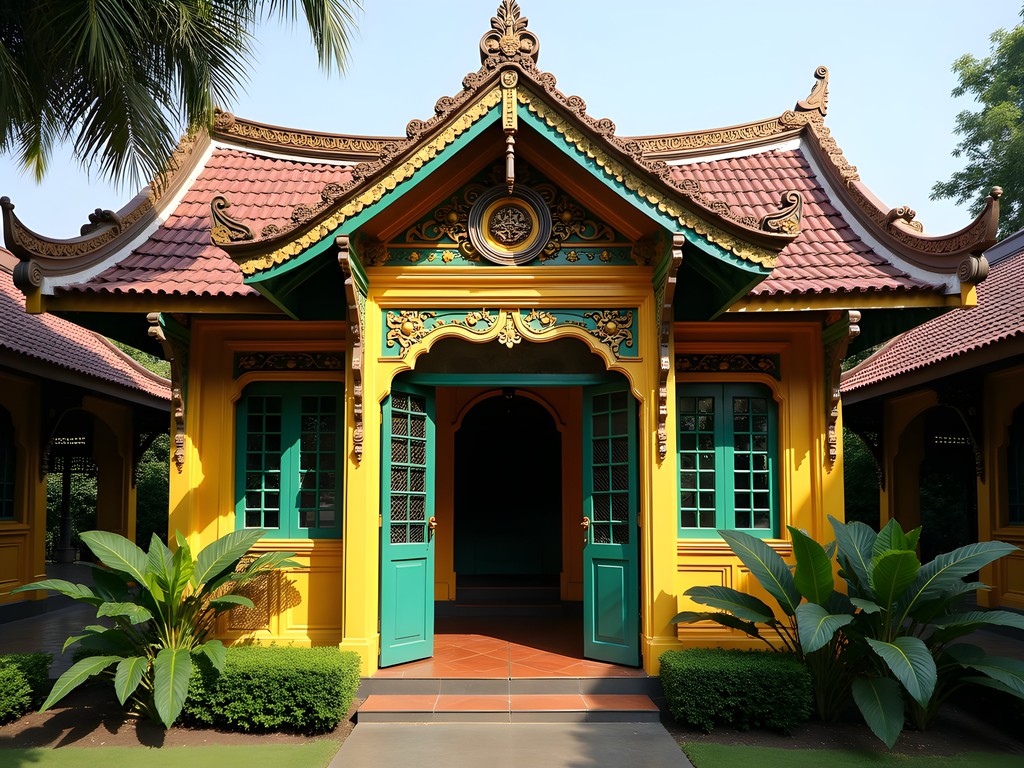
💡 Pro Tips
- Sunday mornings feature the most cultural performances without requiring tickets
- Bring small bills (rupiah) for purchasing traditional snacks from local vendors
- Ask permission before photographing residents, though most are welcoming
Pasar Baru - Colonial-Era Market Street with Multicultural Footnotes
Dating back to 1820, Pasar Baru represents one of Jakarta's earliest attempts at planned commercial development under Dutch colonial rule. Today, this narrow market street in Central Jakarta reads like a historical document with multicultural annotations in the margins.
My exploration began beneath the distinctive welcome arch, where the street's story immediately reveals itself as more complex than first appearances suggest. While ostensibly Indonesian, Pasar Baru contains significant chapters of Chinese, Indian, and Arab commercial history. I discovered Hindu temples alongside century-old Chinese shophouses and colonial architecture—all still functioning as active commercial spaces rather than museum pieces.
What fascinated me most were the specialized trades that have persisted here for generations. Entire sections devoted to textile merchants whose families have occupied the same shops for a century. Traditional instrument makers crafting gamelan sets by hand. The street even houses Jakarta's oldest surviving music store, where vintage vinyl collections sit alongside traditional instruments.
Pasar Baru's culinary subtext tells its own story of cultural exchange. I spent an afternoon sampling my way through this living anthology of tastes—from traditional Javanese sweets to Indian-influenced martabak (stuffed pancakes) and Dutch-Indonesian fusion pastries. The legendary Bakmi Aboen noodle shop has been serving the same recipe since 1960, a culinary paragraph unchanged despite the city's rapid evolution around it.
Navigating the market's narrow passages requires comfortable footwear. My walking shoes proved invaluable during the hours of exploration, providing the support needed for extended urban hiking while remaining stylish enough for the inevitable photos I couldn't resist taking throughout the day.
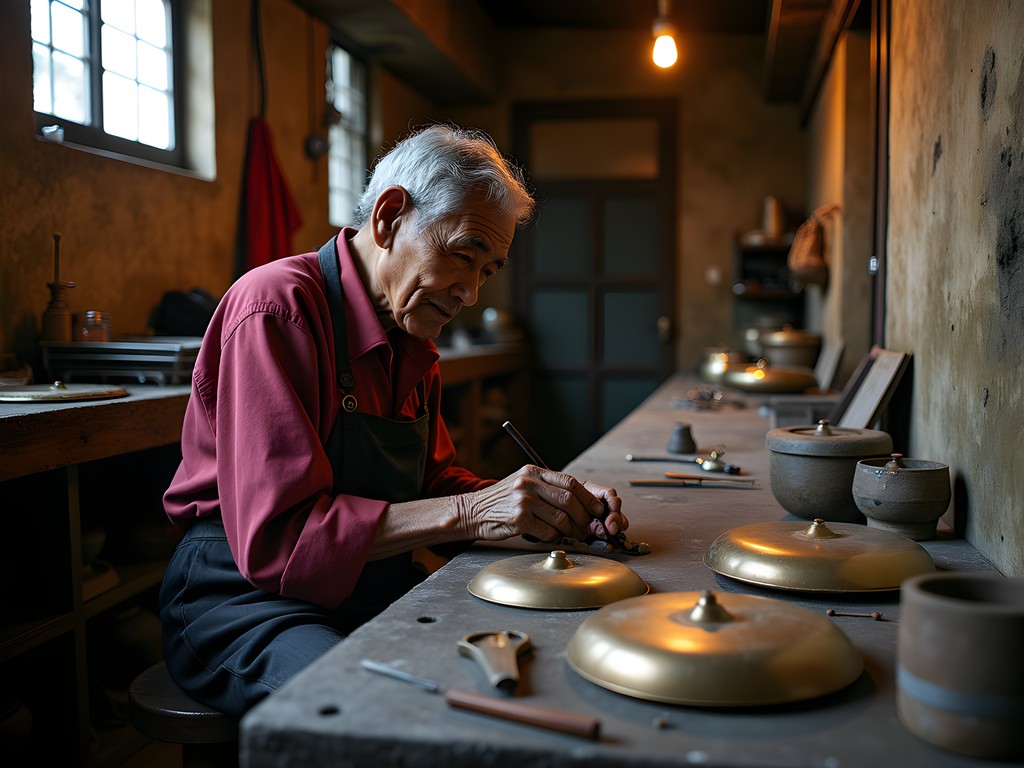
💡 Pro Tips
- Visit between 10am-4pm when all shops are open but before evening crowds
- Bring a reusable shopping bag for inevitable purchases from specialty shops
- The northern end of the street has the most interesting architectural details
Galeri Nasional Indonesia - Contemporary Narratives in a Colonial Setting
While Jakartans flock to newer, flashier art spaces, the National Gallery remains an overlooked treasure for those seeking to understand Indonesia's visual storytelling evolution. Housed in a restored Dutch colonial building from 1817, the gallery creates a compelling dialogue between architectural history and contemporary expression.
My journalism background draws me to spaces where narratives collide, and this gallery delivers precisely that tension. The permanent collection traces Indonesia's artistic development from traditional forms through the independence movement to today's contemporary scene. I was particularly moved by the revolutionary period works—paintings created during the struggle against Dutch colonial rule that use traditional Javanese visual language to express modern political ideas.
During my visit, a special exhibition showcased emerging female artists from eastern Indonesia, regions often marginalized in the national conversation. Their work addressed environmental destruction, indigenous rights, and cultural preservation through striking contemporary installations. This constant reframing of narrative—giving space to previously unheard voices—reminded me of my own editorial mission to document endangered cultural practices.
The gallery's peaceful garden courtyard houses sculpture installations and provides a contemplative space rarely found in hectic Jakarta. I spent an hour sketching and journaling here, the kind of reflective pause that helps process the visual information overload that Jakarta often induces.
Photography enthusiasts will appreciate both the art and the architecture. My compact travel tripod proved essential for capturing the colonial architecture in the challenging lighting conditions of the historic building. The security staff is surprisingly accommodating of photography equipment as long as you're respectful of the artwork.
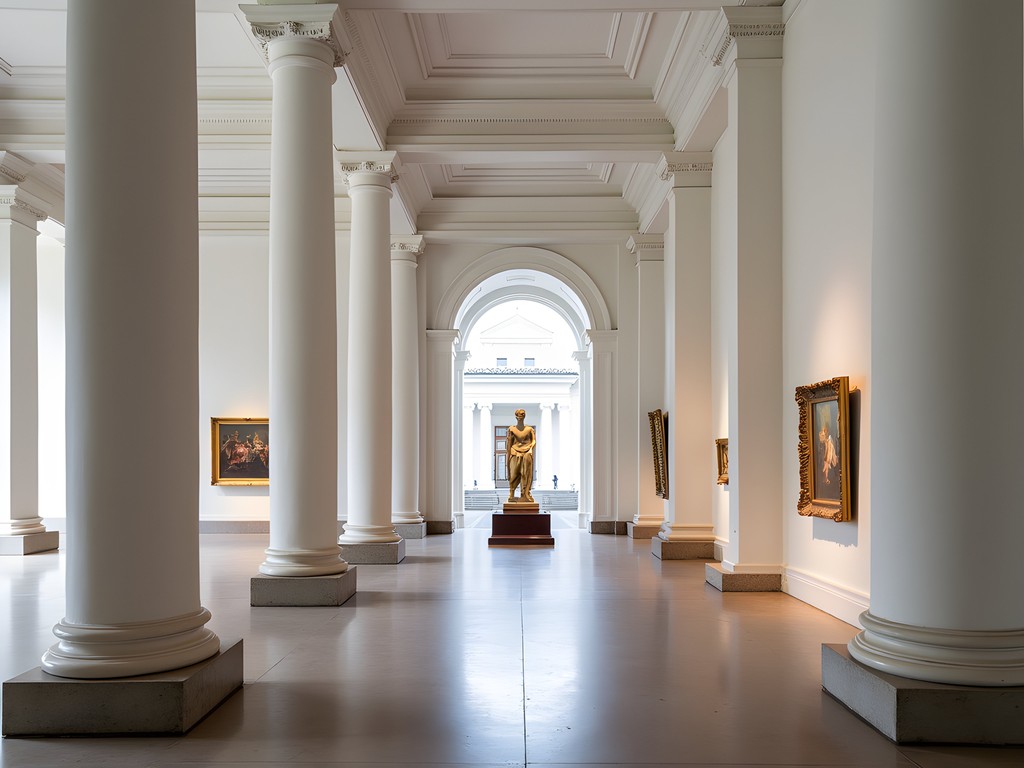
💡 Pro Tips
- Tuesday afternoons feature free guided tours in English
- Check their website for special exhibitions—they often showcase artists from Indonesia's outer islands
- The small café in the garden serves excellent Indonesian coffee
Kampung Pelangi Setu - Jakarta's Hidden Street Art Enclave
In the eastern reaches of Jakarta, far from the city's designated cultural districts, lies Kampung Pelangi Setu—a 'Rainbow Village' that represents one of the city's most successful grassroots urban renewal projects. This formerly neglected neighborhood has transformed itself through community-led art initiatives into a vibrant open-air gallery.
As an editor accustomed to finding hidden narratives, I was drawn to this colorful revision of urban space. What began as a simple beautification project has evolved into a comprehensive expression of local identity. Every available surface—walls, stairways, alleyways—has become a canvas for local artists. Unlike the commissioned street art in trendier neighborhoods, these works emerge organically from the community itself.
Walking through the narrow pathways feels like browsing an unfiltered manuscript of Jakarta's urban experience. Murals depict everything from traditional Betawi cultural practices to commentary on environmental issues facing the city. Children's handprints and amateur contributions sit alongside sophisticated pieces by trained artists—a democratic approach to cultural production that particularly moved me.
The experience transcends visual appreciation. Residents have embraced their neighborhood's new identity, with many homes doubling as small cafés or craft shops. I spent an afternoon in a family-run coffee spot built into the front room of their home, where three generations shared stories of the neighborhood's transformation while serving traditional snacks.
This is slow tourism at its most rewarding—no entrance tickets, no official tours, just authentic human connection and community pride. I navigated using my phone with an portable power bank to ensure I could record interviews and take photos throughout the day without battery anxiety. The neighborhood's maze-like layout means getting deliberately lost is part of the experience.
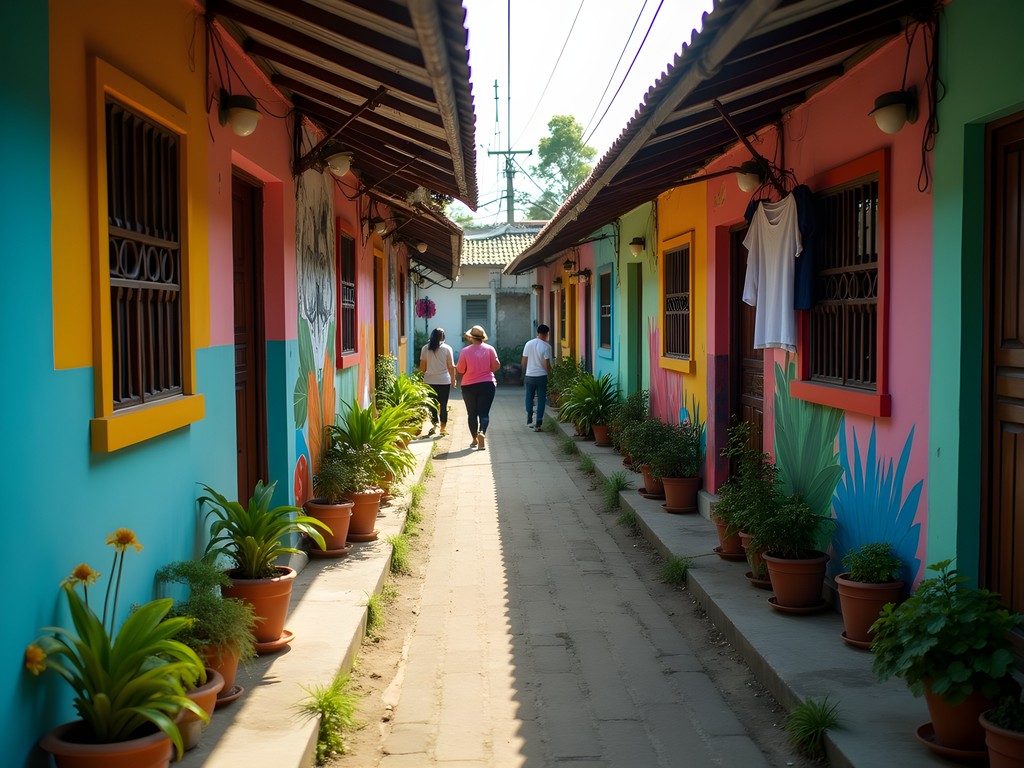
💡 Pro Tips
- Visit between 3-5pm when locals are more likely to be outside and willing to share stories
- Bring small denominations to purchase snacks or crafts from home-based vendors
- Learn a few basic Indonesian phrases—unlike tourist areas, English is limited here
Perkampungan Budaya Betawi (PBB) Situ Babakan - Jakarta's Living Literary Heritage
While most tourists flock to the reconstructed colonial charm of Kota Tua, Jakarta's true cultural heart beats in places like Situ Babakan, where the indigenous Betawi culture maintains its authentic rhythm. This 289-hectare cultural village represents one of the last strongholds of Jakarta's native cultural identity.
As someone who has documented endangered cultural practices across continents, I found this living repository of Betawi traditions particularly moving. The site centers around a natural lake (situ) surrounded by traditional houses that aren't museum pieces but actual homes where cultural practices continue organically.
On weekend mornings, the air fills with the distinctive sounds of Gambang Kromong music—a unique fusion of Chinese and indigenous instruments that reflects the Betawi people's historical position at the crossroads of trade and cultural exchange. I spent hours watching performances of Lenong (traditional theatrical comedy) that address contemporary issues through traditional forms, demonstrating how living cultures naturally evolve rather than becoming frozen artifacts.
The culinary narrative here deserves special attention. Kerak telor vendors prepare this traditional Betawi rice dish over charcoal fires using techniques unchanged for generations. I recommend trying dodol Betawi (a sweet sticky rice treat) and bir pletok (a non-alcoholic spiced beverage) that offer literal tastes of disappearing cultural knowledge.
What distinguishes this site from more commercialized cultural villages is its authenticity—these traditions aren't performed solely for tourists but maintained as living heritage. The community welcomes respectful visitors while primarily serving local Jakartans seeking connection with their roots.
For those interested in deeper cultural documentation, I found my audio recorder invaluable for capturing the unique musical traditions and oral histories shared by community elders. With their permission, of course—ethical documentation practices remain essential when engaging with living cultural heritage.

💡 Pro Tips
- Sunday mornings feature the most authentic cultural performances
- Hire a local guide through the cultural center for deeper contextual understanding
- Bring appropriate clothing for temple visits within the complex
Final Thoughts
Jakarta deserves more than a cursory edit—it demands deep reading, with attention to the marginalia where its most authentic stories reside. These ten overlooked cultural treasures offer solo travelers the chance to move beyond the city's challenging first impression to discover the complex cultural manuscript beneath. Like any worthwhile text, Jakarta reveals itself gradually to the patient reader, rewarding those willing to venture beyond the introduction with rich narratives of resilience, creativity, and cultural continuity. As I've discovered in my decades of documenting endangered landscapes and traditions, the most compelling stories often exist just beyond the well-thumbed pages of conventional tourism. Jakarta's hidden cultural gems aren't merely attractions to check off a list but invitations to a deeper understanding of Indonesia's past, present, and possible futures. The next time you find yourself with a weekend to spare in Southeast Asia, consider Jakarta not as a transit point but as a destination worthy of your full editorial attention.
✨ Key Takeaways
- Jakarta's authentic cultural experiences exist in neighborhoods rarely visited by international tourists
- The indigenous Betawi culture offers insights into the city's pre-colonial identity and continuing traditions
- Small community museums often provide more intimate cultural connections than larger institutions
- Weekend mornings are ideal for experiencing local cultural practices and performances
📋 Practical Information
Best Time to Visit
year-round, though May-September offers drier conditions
Budget Estimate
$30-50 per day excluding accommodation
Recommended Duration
2-3 days minimum
Difficulty Level
Moderate - Requires Navigation Skills And Basic Cultural Awareness
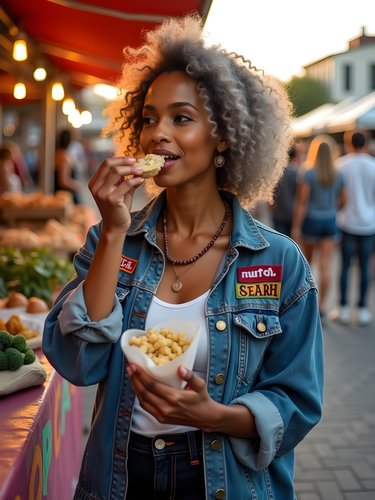
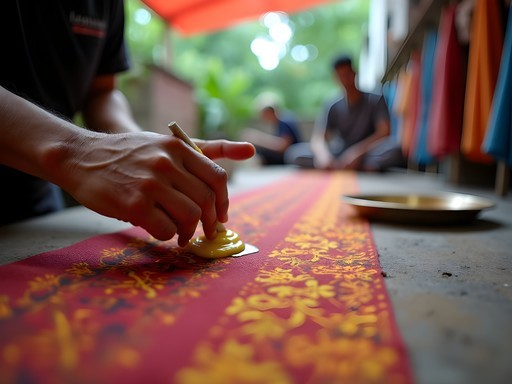
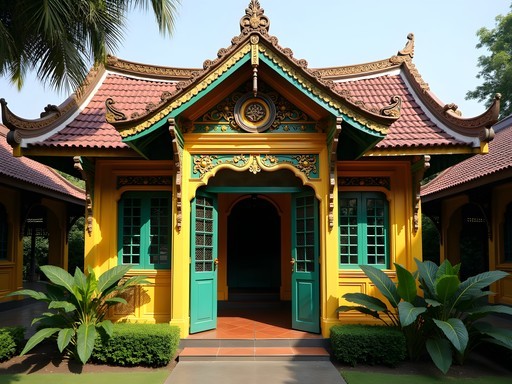
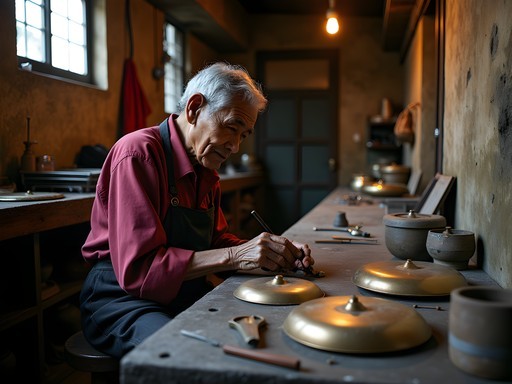
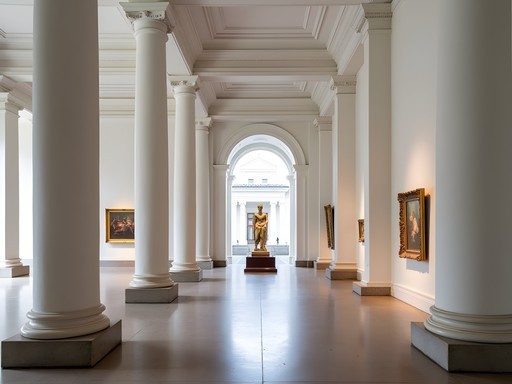
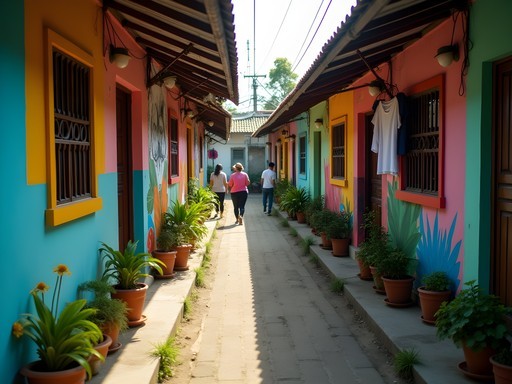
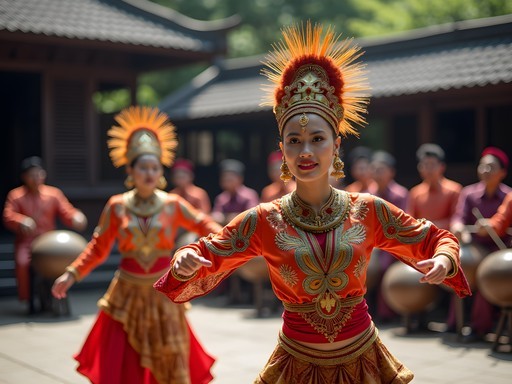


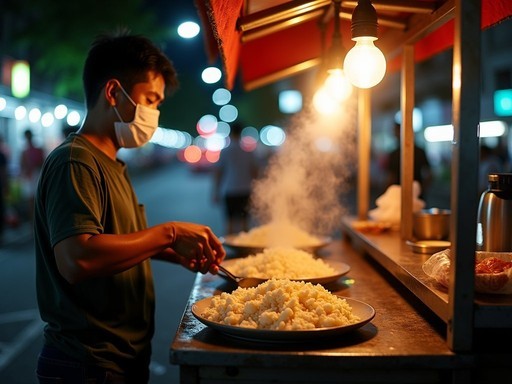
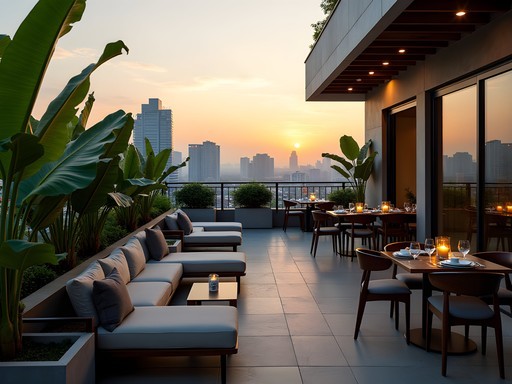
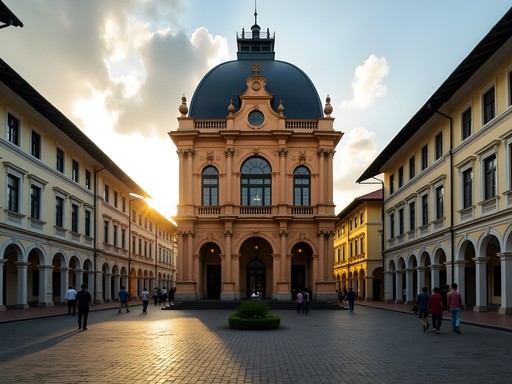
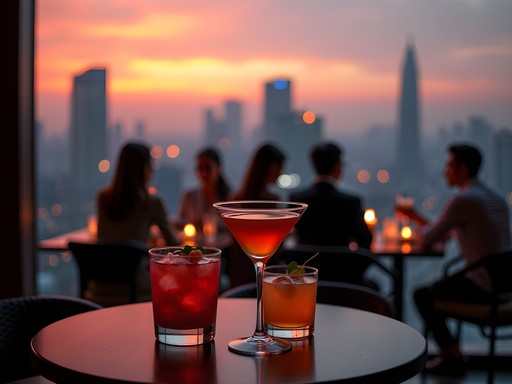
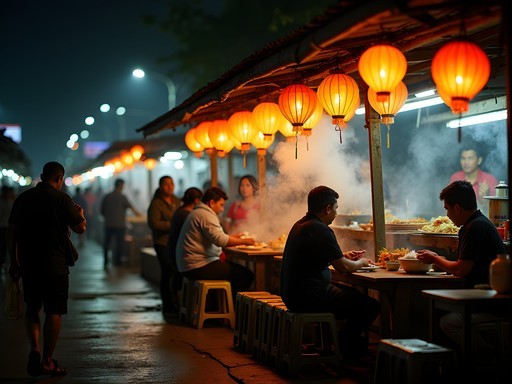
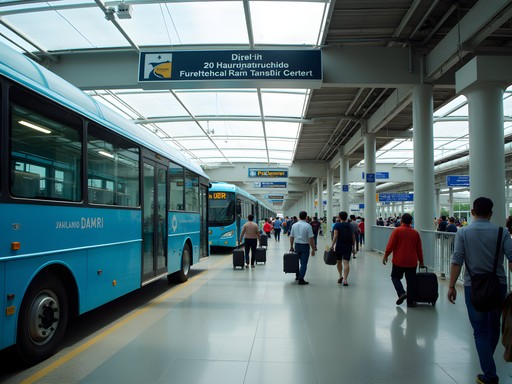
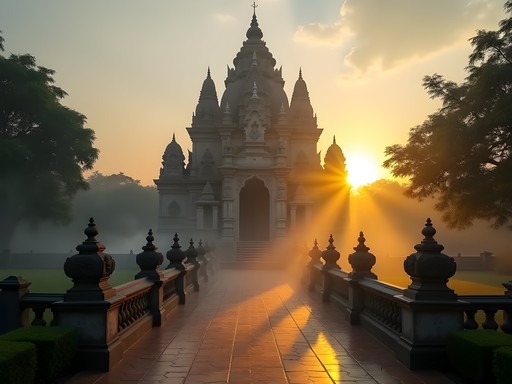
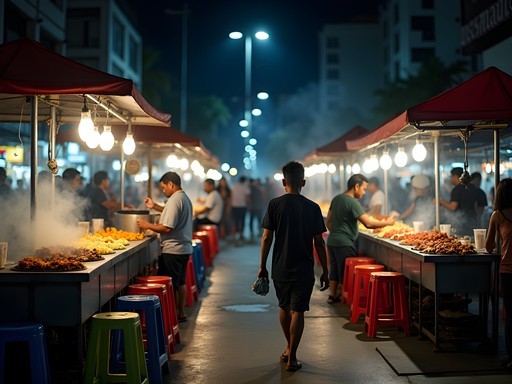
Comments
Amit Sullivan
Leah, this is exactly the kind of cultural deep-dive I appreciate. I spent three weeks in Jakarta last year and stumbled upon Pasar Baru quite by accident. What struck me most was the harmonious blend of Chinese, Dutch colonial, and local Indonesian influences all coexisting in one marketplace. The old photography studios on the second floors of some buildings tell fascinating stories - I spent an afternoon chatting with a third-generation photographer whose grandfather started their business in 1947. He showed me black and white portraits that captured Jakarta's evolution through the decades. If visitors go, I recommend arriving around 4pm when the food stalls start setting up - the grilled corn with sambal butter is unforgettable!
coolqueen
Thanks for the tip about the photography studios! Never knew about those, definitely checking them out next time.
oceanmood
Those textile museum photos are gorgeous! Definitely adding this to my list.
wanderlustbuddy8365
Right?? I never would have thought a textile museum could look so interesting!
coolqueen
Finally someone writing about Jakarta beyond the usual tourist traps! Setu Babakan was my favorite spot when I visited last year.
citymaster
Any food recommendations near these spots? I'm all about cultural exploration through my stomach lol
wanderlustchamp
Not OP but when I was near Pasar Baru, there was this tiny warung (local eatery) called Soto Betawi H. Husein that served the most amazing beef soup. Ask locals - they know the best spots!
Taylor Moreau
Excellent coverage of Jakarta's cultural landscape, Leah. I've been traveling to Jakarta quarterly for business over the past decade and can confirm these spots offer authentic experiences beyond the typical corporate circuit. For business travelers with limited time, I recommend carving out even just 2-3 hours for the Textile Museum or Galeri Nasional - both are centrally located and provide important context for business conversations with Indonesian colleagues. The textile traditions especially reflect the diversity of Indonesian cultures, which is essential knowledge for anyone doing business here. One addition: the Komunitas Salihara arts center hosts excellent contemporary performances if you're looking for evening cultural activities.
smartexplorer
Jakarta is so underrated! I spent a week there last year and discovered most of these spots. The Wayang Museum (puppet museum) is another gem - they do performances on Sunday afternoons that are magical. One tip for anyone visiting Setu Babakan: go on weekends when they have cultural performances and food stalls with authentic Betawi cuisine. The kerak telor (spiced omelette) there is LIFE-CHANGING! Also, download the TransJakarta app - it makes navigating the bus system so much easier. Most locals don't expect tourists to use public transport, so they're extra helpful when they see you trying.
roamninja7990
Those photos of Setu Babakan are gorgeous! 😍
wanderlustchamp
Great post! I'm heading to Jakarta next month for just two days. If you had to pick just 3 of these spots for a first-timer, which would you recommend? Also, is it safe to use public transportation to get around to these places?
smartexplorer
Not the author but I'd say Textile Museum, Setu Babakan and Pasar Baru for sure! TransJakarta buses are actually really good now - they have dedicated lanes so you avoid the famous Jakarta traffic. Just avoid rush hour!
Casey Andersson
Leah, you've captured Jakarta's soul beautifully! I stayed at the Hermitage (the colonial-era building turned hotel) near Menteng last month and used it as a base to explore these hidden corners. The Galeri Nasional was a revelation - I spent an entire afternoon lost among Indonesian contemporary art. My local guide also took me to Pasar Baru during Ramadan, and the energy was electric! The spice merchants were so passionate about explaining their products. I'd add Jalan Surabaya antique market to this list - found the most gorgeous vintage maps there. For anyone visiting, I recommend carrying a pocket translator as English isn't widely spoken in these authentic spots.
citymaster
How did you find a local guide? I'm planning a trip and would love recommendations.
Casey Andersson
I used WithLocals - found a fantastic guide named Budi who customized everything to my interests. Worth every penny for the cultural insights!
travellife148
I was in Jakarta for work last year and stumbled upon the Textile Museum completely by accident. What a find! The batik collection is incredible, and I ended up spending almost three hours there. The demonstration they do on traditional dyeing techniques was fascinating. Wish I'd known about Setu Babakan though - adding it to my list for next time. Thanks for shining light on these spots that most business travelers like me completely miss.
wanderwanderer
Did you find it easy to get around to these places? Thinking about ditching the usual tour groups next time.
travellife148
I used Gojek (local ride-hailing app) mostly. Super cheap and convenient. Just have good internet connection and you're set!
Venture X
Premium card with 2X miles, $300 travel credit, Priority Pass